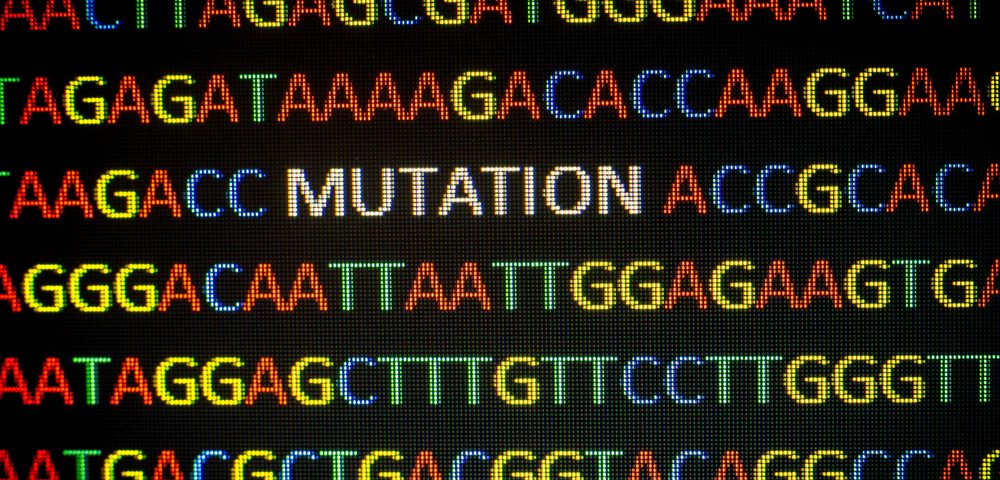New GLA Mutation Leading to Low Enzyme Activity and Kidney Disease Found in Chinese Patient

A new mutation in the GLA gene was found in a Chinese patient with Fabry disease that leads to low alpha-galactosidase A (alpha-GAL A) activity and correlates with kidney symptoms linked to the disorder.
The case report, “Functional evaluation of a novel GLA causative mutation in Fabry disease,” was published in Molecular Genetics & Genomic Medicine.
Fabry disease is a rare genetic disorder caused by mutations in the GLA gene — located on the X chromosome — that provides instructions for the production of an enzyme called alpha-GAL A. These mutations typically affect the function of alpha-GAL A, leading to the accumulation of a type of fat called globotriaosylceramide (Gb3) in several tissues and organs.
“So far, more than 750 missense mutations have been reported in the Human Gene Mutation Database. Missense mutations affecting any one of the cysteines that form the disulfide bonds of the wild‐type [normal] GLA are associated with the classic FD [Fabry disease] phenotype [disease characteristics], and show negligible or very low residual enzyme activity,” the investigators wrote.
Missense mutations are single nucleotide (the building blocks of DNA) mutations that alter protein composition; cysteine is an amino acid (the building blocks of proteins) that may form disulfide bonds (a chemical structure) when paired with another cysteine residue.
Researchers at Shanxi University in China identified a new missense mutation in a Chinese patient with Fabry disease and associated kidney disease.
The 38-year-old woman carried a new missense mutation in which the nucleotide thymine had been replaced by cytosine at position 280 in the GLA gene sequence (c.280T>C). This led to the production of an abnormal protein, one in which the amino acid cysteine had been replaced by arginine at position 94 of the alpha-GAL A protein sequence (p.Cys94Arg).
A kidney biopsy confirmed she had chronic nephritic syndrome, a type of kidney disease in which the filtering units of the kidneys (glomeruli) progressively become damaged and inflamed, eventually leading to kidney failure.
Quantitative real-time polymerase chain reaction (qRT-PCR) — a technique used to measure the expression levels of genes — confirmed the expression levels of GLA in her blood samples were approximately two-thirds the levels seen in samples obtained from three healthy volunteers.
After analyzing the crystal structure of the mutated alpha-GAL A enzyme, researchers found the mutation prevented the formation of a disulfide bond between amino acid residues at positions 52 and 94 of the protein sequence, likely impairing the enzyme’s normal activity and leading to the onset of Fabry disease.
Finally, they forced lab-cultured cells to produce this mutant form of GLA, and saw that the activity of alpha-GAL A was 40% lower than in cells with a non-mutated gene, confirming this missense mutation effectively impaired the enzymatic activity of alpha-GAL A.
They also found that alpha-GAL A had an abnormal localization inside cells that carried the c.280T>C mutation.
“In summary, we report a novel GLA mutation results in [kidney disease associated with Fabry disease]. Our study confirms that c.280T>C is a Fabry‐causative mutation and data in this study enrich Fabry mutation database and underlines the significance of family member genotyping and genetic counseling in diagnosis and treatment of the disease,” the researchers concluded.






